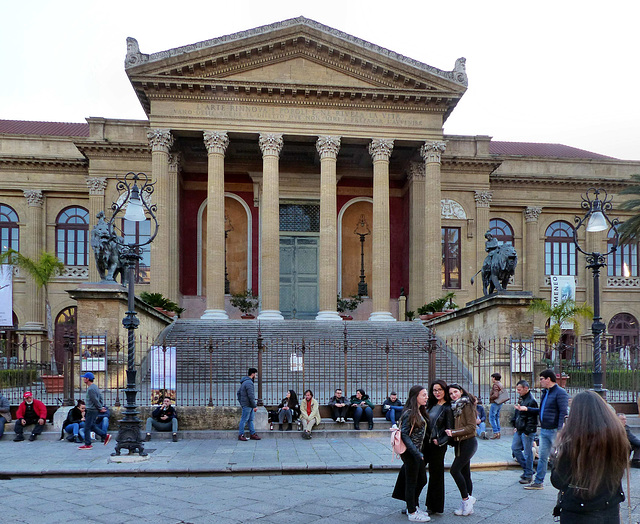Palermo - Santa Rosalia
Palermo - Sant'Agostino
Palermo - Sant'Agostino
Palermo - Sant'Agostino
Palermo - Sant'Agostino
Palermo - Sant'Agostino
Palermo - Il Pinguino
Palermo
Palermo - Cattedrale di Palermo
Palermo - Cattedrale di Palermo
Palermo - Cattedrale di Palermo
Palermo - Cattedrale di Palermo
Palermo - Cattedrale di Palermo
Palermo - Cattedrale di Palermo
Palermo - Cattedrale di Palermo
Palermo - Cattedrale di Palermo
Palermo - Cattedrale di Palermo
Palermo - Cattedrale di Palermo
Palermo - Cattedrale di Palermo
Palermo - Cattedrale di Palermo
Palermo - Cattedrale di Palermo
Palermo - Cattedrale di Palermo
Palermo - Cattedrale di Palermo
Palermo - Gelateria
Palermo - Via Maqueda
Frankenberg - Liebfrauenkirche
Frankenberg - Liebfrauenkirche
Frankenberg - Liebfrauenkirche
Frankenberg - Liebfrauenkirche
Frankenberg - Liebfrauenkirche
Frankenberg - Liebfrauenkirche
Frankenberg - Liebfrauenkirche
Frankenberg - Liebfrauenkirche
Frankenberg - Liebfrauenkirche
Frankenberg - Liebfrauenkirche
Frankenberg - Liebfrauenkirche
Frankenberg - Steinhaus
Frankenberg - Rathaus
Frankenberg - Rathaus
Frankenberg - Rathaus
Frankenberg - Rathaus
Detmold - Gumball-machine
Detmold - Gumball-machine
Soest - Hohnekirche
Soest - Hohnekirche
Location
Lat, Lng:
You can copy the above to your favourite mapping app.
Address: unknown
You can copy the above to your favourite mapping app.
Address: unknown
See also...
Keywords
Authorizations, license
-
Visible by: Everyone -
All rights reserved
-
151 visits
Palermo - Teatro Massimo


Sicily, the largest of all Mediterranean islands, has a long history, that starts around 8000 BC, but later there were Phoenician, Carthaginian, Greek and Roman periods. After the Roman Empire had fallen apart the Vandals tried to take over the island but failed. Finally, the Ostrogoths took possession.
Mid of the 6th century Sicily was conquered by troops of the Byzantine Empire and became a Byzantine province. After the advent of Islam, Sicily got attacked by the Arab forces. Raids seeking loot continued until the mid-8th century.
A Muslim army was sent to the island in 827, but met with much resistance. So it took a century to conquer it and even later revolts constantly occurred
In 1038 the Byzantines invaded the island supported by their Norman mercenaries, led by Roger. In 1072, after the siege of Palermo, most of Sicily was under Norman control. Roger´s son Roger II raised the status of the island to a kingdom in 1130. During this period, the Kingdom of Sicily was prosperous and powerful,
The court of Roger II became melting out of culture, both from Europe and the Middle East. This attracted scholars, scientists, artists, and artisans. Muslims, Jews, Greeks, Lombards, and Normans worked together and created some extraordinary buildings.
In 1186 the last descendant of Roger, Constance of Sicily married Emperor Henry VI, the second son of Frederick Barbarossa. So the crown of Sicily was passed on to the Hohenstaufen Dynasty. Frederick II, the only son of Constance, was crowned King of Sicily at the age of four in 1198. He became "Stupor Mundi", one of the greatest and most cultured men of the Middle Ages.
Palermo, founded in 734 BC by the Phoenicians, became a possession of Carthage. The town later became part of the Roman Empire. From 831 to 1072 the city was under Arab rule. Following the Norman conquest, Palermo became the capital of a new Kingdom of Sicily and the capital of the Holy Roman Empire under Emperor Frederick II and King Conrad IV.
Today Palermo is a bustling city with a population of about 700.000 plus - many many tourists. The neoclassical facade of the Teatro Massimo, the largest theatre in Italy, forms a perfect background for young girls doing posing and taking selfies.
Mid of the 6th century Sicily was conquered by troops of the Byzantine Empire and became a Byzantine province. After the advent of Islam, Sicily got attacked by the Arab forces. Raids seeking loot continued until the mid-8th century.
A Muslim army was sent to the island in 827, but met with much resistance. So it took a century to conquer it and even later revolts constantly occurred
In 1038 the Byzantines invaded the island supported by their Norman mercenaries, led by Roger. In 1072, after the siege of Palermo, most of Sicily was under Norman control. Roger´s son Roger II raised the status of the island to a kingdom in 1130. During this period, the Kingdom of Sicily was prosperous and powerful,
The court of Roger II became melting out of culture, both from Europe and the Middle East. This attracted scholars, scientists, artists, and artisans. Muslims, Jews, Greeks, Lombards, and Normans worked together and created some extraordinary buildings.
In 1186 the last descendant of Roger, Constance of Sicily married Emperor Henry VI, the second son of Frederick Barbarossa. So the crown of Sicily was passed on to the Hohenstaufen Dynasty. Frederick II, the only son of Constance, was crowned King of Sicily at the age of four in 1198. He became "Stupor Mundi", one of the greatest and most cultured men of the Middle Ages.
Palermo, founded in 734 BC by the Phoenicians, became a possession of Carthage. The town later became part of the Roman Empire. From 831 to 1072 the city was under Arab rule. Following the Norman conquest, Palermo became the capital of a new Kingdom of Sicily and the capital of the Holy Roman Empire under Emperor Frederick II and King Conrad IV.
Today Palermo is a bustling city with a population of about 700.000 plus - many many tourists. The neoclassical facade of the Teatro Massimo, the largest theatre in Italy, forms a perfect background for young girls doing posing and taking selfies.
- Keyboard shortcuts:
Jump to top
RSS feed- Latest comments - Subscribe to the comment feeds of this photo
- ipernity © 2007-2025
- Help & Contact
|
Club news
|
About ipernity
|
History |
ipernity Club & Prices |
Guide of good conduct
Donate | Group guidelines | Privacy policy | Terms of use | Statutes | In memoria -
Facebook
Twitter

Sign-in to write a comment.